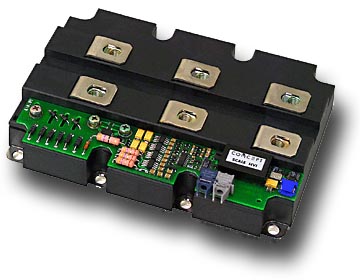UPS TECHNOLOGY
|
How
can you protect electronic equipment from power problems? The
solution is to use UPS. At its most basic level, a electrical
supply so that power reaching your equipment is ‘pure’. UPS
units vary in sizes, from small desktop system that protects a
single PC to very large UPS that can provide power to an entire
building. Almost every type of organisation has a power
protection requirement, ranging from companies with computer UPS
provides power to your equipment in the event of a total power
failure, giving you time to save data and close files. At a more
advanced level, the UPS conditions and filters networks to
hospitals, airports, oil rigs. In fact, anywhere where
continuous power is necessary. UPS
applications have grown substantially over the past decade and
today, most major industries are using UPSs to protect their
core business against mains failures, mains supply fluctuations,
power surges, and neighbouring disturbances in the electrical
supply.
|
|
Although the functionality of the UPS remains the same,
namely power back up combined with maintaining a clean
electrical supply to the load, the choice of selecting a Rotary
or Static UPS
for industrial applications has become contentious and the myths
need clarification. Over
recent years, Static UPSs have commanded a major share of the
UPS market when
compared to the Rotary type, although Rotary UPSs still maintain
popularity in industrial
environments where ratings are in excess of 800kVA. The downside
is however, that
Rotary technology is generally 30% more expensive than the
alternative Static offerings. Today,
Static UPSs are a major contender for industrial installations,
and the advantages and benefits
they offer, have seen consultants shifting their design criteria
from Rotary to Static technology. |
 |
|
Static
UPS physical sizes and inverters have changed dramatically in
recent years with thyristor technology being replaced with IGBT
technology. This new technology has helped considerably to
improve the efficiency and handling of non-linear loads
(computers and SMP type loads) with extremely low voltage
distortion. With thyristor technology, peaks of the voltage wave
form were frequently flattened, whereas this does not occur with
the more recent IGBT technology. A further advantage of IGBT is
that it reduces the size of the inverter stacks and allows
repairs to be made more easily. And, owing to digitally controlled UPS design and growth in the
IT arena, it is now very easy to control and monitor UPSs
remotely from a different site or even a different country. This
ability can provide a snapshot of the operational side of the
UPS and if necessary, can simulate mains failure to check the
health of the battery on an individual UPS.
|
|
Sources:
-
PowerWare Corp.
- Shri Karve, UPS Technology
- IGBT image is from CT-Concept Technology Ltd.
|
|